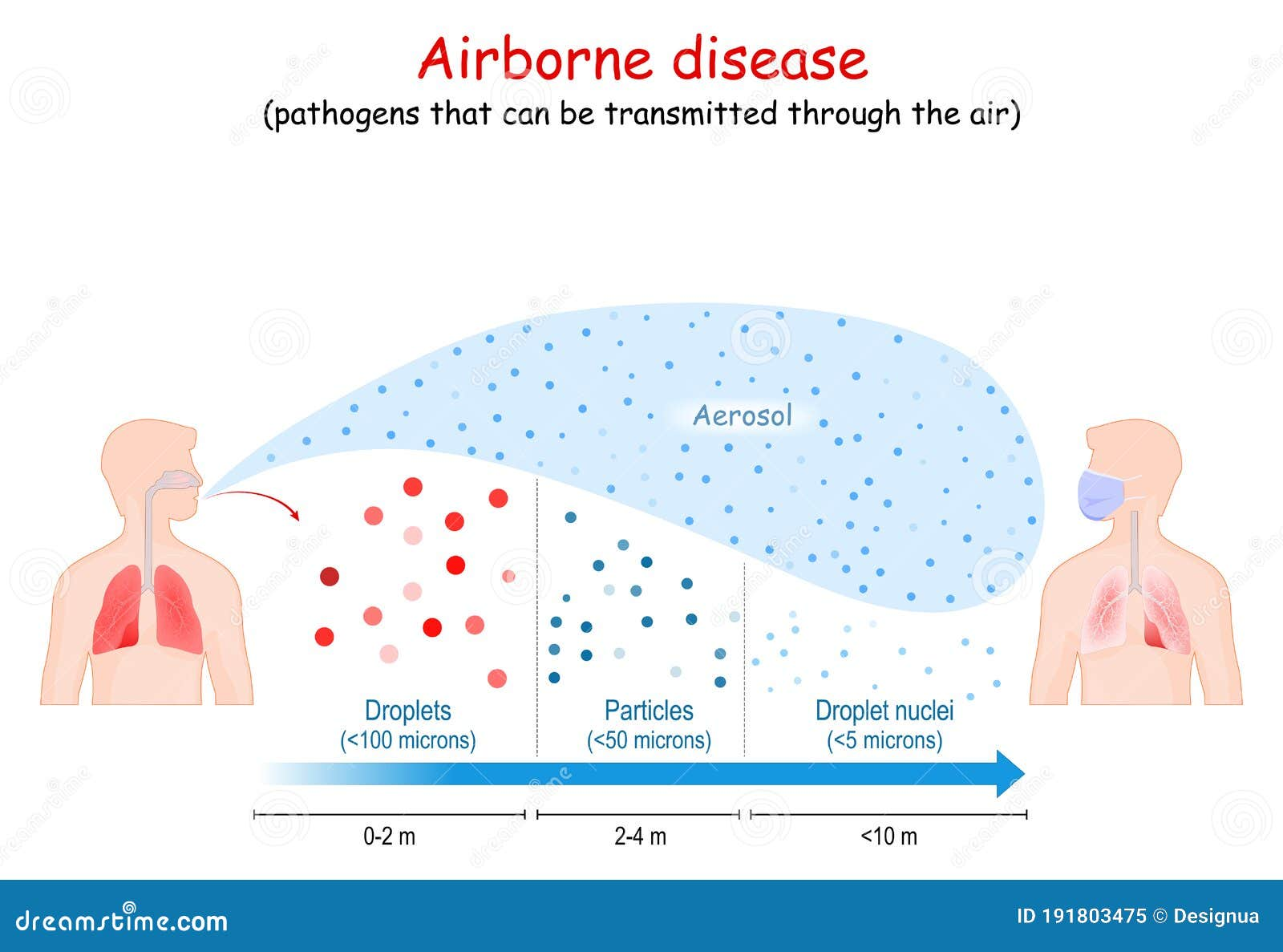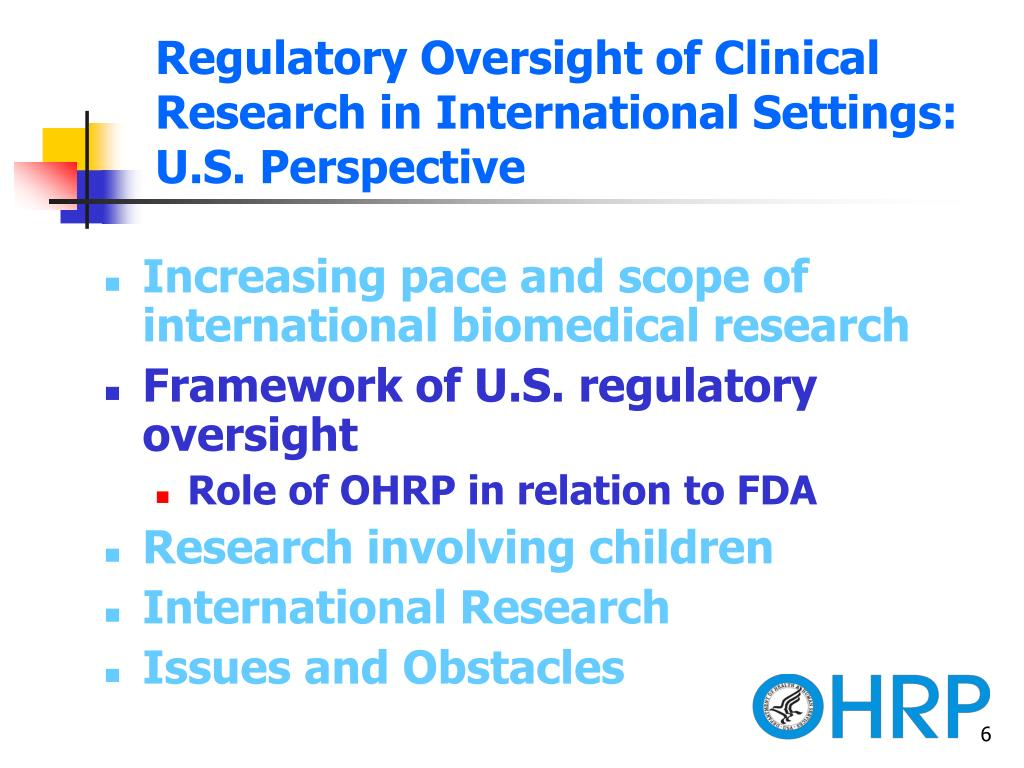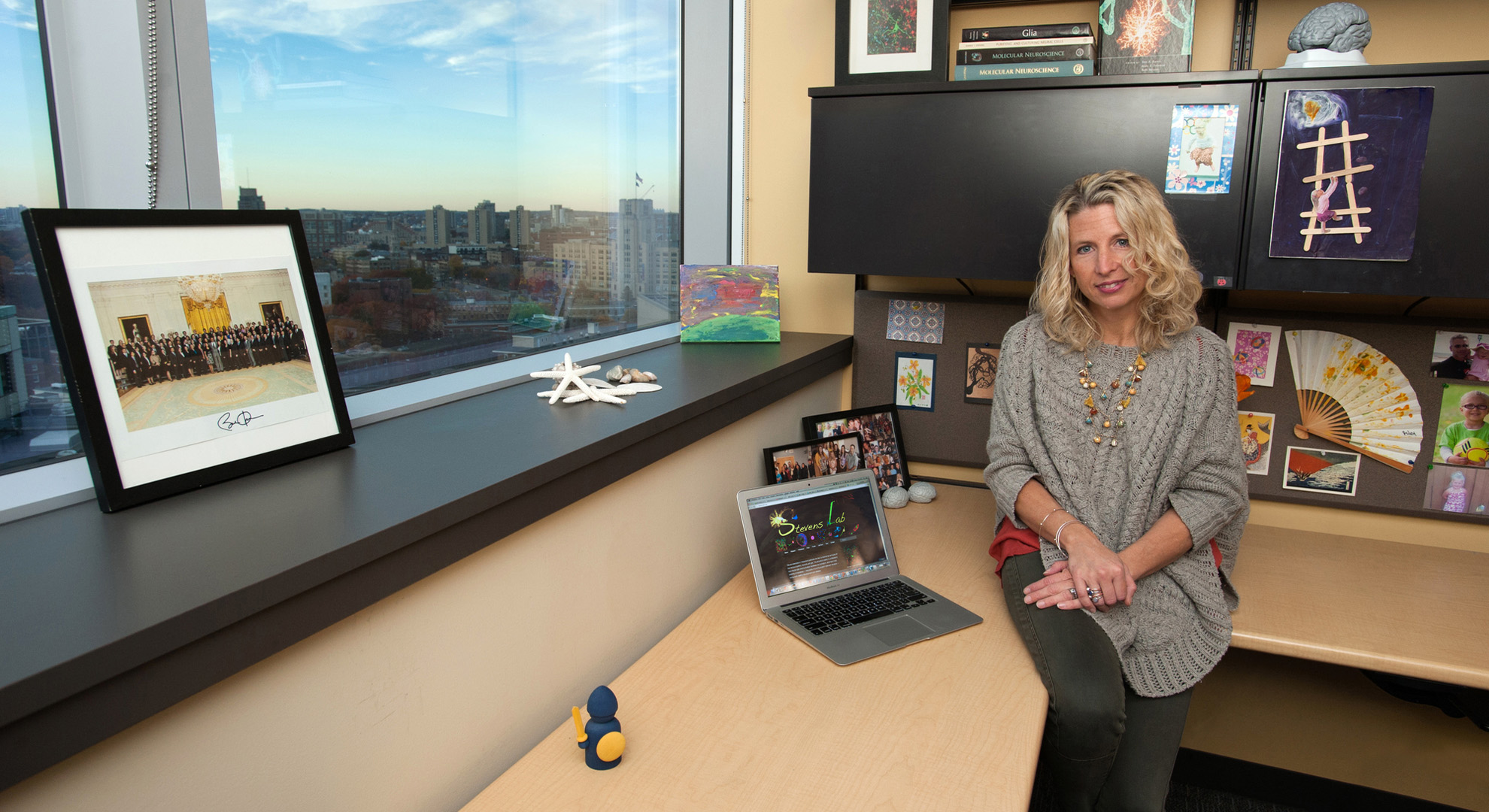
Airborne diseases pose a significant public health challenge, given their ability to spread rapidly through the air we breathe. Understanding airborne disease transmission has become increasingly crucial, especially amidst growing concerns about pathogens present in our environment. As Carl Zimmer notes in his recent exploration of the topic, historical perspectives from figures like William Firth Wells highlight the longstanding struggle to accept that microorganisms in air can cause illness. From the ancient theories of miasmas to modern research proving the effectiveness of UV light and pathogens in neutralizing these threats, our grasp of airborne infections has evolved tremendously. These insights remind us that even the invisible microorganisms in air can have a profound impact on public health, requiring ongoing vigilance and innovation in disease control measures.
Infectious diseases can travel stealthily through the atmosphere, influencing our health in ways that often go unnoticed. The study of how these infections spread via air highlights the role of airborne pathogens and the critical need for effective monitoring. Research has shown that visibility is limited when it comes to understanding these invisible threats, making the work of scientists like William Firth Wells invaluable. The advancement of technologies that utilize UV light demonstrates our ability to combat harmful microorganisms lurking in the air. As we continue to unravel the complexities of air quality and its impact on health, comprehending airborne contagions becomes vital for safeguarding communities.
Understanding Airborne Disease Transmission
Airborne disease transmission is a critical concern in public health, especially when considering how microorganisms can spread through the air. Carl Zimmer’s insights shed light on this often-overlooked aspect of disease control, emphasizing that pathogens are not just isolated threats; they are also airborne threats that can affect entire populations. The historical perception of diseases being linked solely to food or water neglects the reality that pathogens, such as bacteria and viruses, can be suspended in the air, posing a risk wherever individuals congregate.
William Firth Wells was a pioneer in understanding airborne disease transmission, conducting vital experiments that demonstrated how human exhalations could spread infectious microorganisms. His methodology of using a centrifuge to sample the air around him became a foundation for future research. However, the reluctance to fully embrace his findings illustrates the complexities surrounding public health awareness regarding airborne diseases. By acknowledging these airborne risks, we can take more informed steps to prevent outbreaks.
The Role of Ultraviolet Light in Activating Pathogen Control
The discovery that ultraviolet (UV) light can effectively kill airborne pathogens marks a significant advancement in infection control strategies. Researchers like Wells, who experimented with UV light in conjunction with his infection chambers, revealed that this form of light could significantly diminish the viability of airborne microorganisms. This finding has profound implications for both public health and everyday environments, particularly in reducing the transmission of pathogens in poorly ventilated spaces.
Implementing UV light technologies in hospitals, schools, and public venues could dramatically improve air quality and minimize the spread of diseases. By investing in systems that utilize UV-C light, health organizations can bolster their defenses against airborne pathogens, especially crucial during outbreaks. In a post-pandemic world, understanding and adopting these methods is essential for protecting vulnerable populations from potential infections.
The Paradigm Shift in Airborne Pathogen Research
Historically, the scientific community’s acceptance of airborne pathogens has evolved in a complex manner. Carl Zimmer highlights this shift, reflecting on how early misconceptions about disease transmission impeded progress in understanding the role of air in health. The shift from the miasma theory to recognizing pathogens in the atmosphere required extensive research and advocacy from dedicated scientists like Wells. Today, recognizing how microorganisms in the air contribute to disease is crucial for informing public health responses.
The ongoing refinement of air quality standards and infectious disease protocols showcases a more informed perspective on airborne pathogens. By hunting for correlations between air quality and health outcomes, researchers continue to uncover new facets of how airborne diseases operate. This emphasis on research not only promotes enhanced laboratory safety but also encourages innovation in ventilation systems and infection control measures.
Carl Zimmer’s Perspective on Public Health Personalities
Carl Zimmer’s exploration of the personalities within the scientific community offers a unique lens through which to view public health advancements. He critically discusses the impact that researchers’ personalities can have on the reception of groundbreaking ideas. Wells’s awkward demeanor and the unfortunate labeling of his personality often overshadowed his groundbreaking research on airborne disease transmission, illustrating how individual traits can inadvertently set back crucial scientific progress.
This dynamic not only influences the trajectory of individual careers but can also shape public perception and acceptance of vital research. Understanding the interplay between scientific discovery and personal narrative is essential, as it underscores how society can overlook critical advancements due to biases or misunderstandings about those delivering the message.
The Importance of Continuous Research in Airborne Pathogen Control
The field of airborne pathogen research must remain dynamic and continuously evolving. Zimmer observes that, while significant strides have been made in understanding how diseases are transmitted through the air, there is much more work to be done. Emphasis must be placed on not only achieving breakthroughs but also ensuring these findings reach the public sphere effectively. This requires ongoing research, education, and advocacy to keep pace with emerging airborne threats.
Innovational studies and public health policies informed by research findings are pivotal. Continued investment in laboratories and interdisciplinary collaboration will promote a deeper understanding of airborne diseases. By fostering an environment where researchers can pursue groundbreaking ideas without the hindrance of their public personas, society can better prepare for the complex challenges posed by airborne pathogens.
The Historical Context of Airborne Diseases and Their Management
Examining historical perspectives on airborne diseases reveals critical lessons for modern public health. As Zimmer points out, the evolution from fear of miasma to the acknowledgment of airborne pathogens has been fraught with challenges. Early researchers struggled to secure the understanding of how air played a role in disease transmission, often avoiding the topic entirely in favor of more accepted modes of infection, such as those through contact with contaminated surfaces.
This context is vital for appreciating the progress made today and understanding the resistance researchers like Wells faced. Often, these historical dynamics manifest in contemporary settings, where innovative ideas may still encounter skepticism due to entrenched beliefs. Recognizing this legacy can inform current strategies to enhance acceptance and implementation of new public health measures.
Future Directions in Airborne Disease Research
Looking toward the future, the research landscape surrounding airborne diseases promises to expand as technology and methodology improve. Zimmer suggests that we must prioritize understanding how pathogens migrate and affect population health in various environments. Advanced modeling techniques and air sampling technologies can provide deeper insights into airborne disease transmission dynamics, enabling health professionals to devise proactive measures against outbreaks.
Moreover, interdisciplinary approaches that include microbiology, public health policy, and environmental science can create holistic strategies to combat airborne diseases. By fostering collaborations among scientists, policymakers, and the public, we can develop comprehensive frameworks for surveillance and prevention that incorporate cutting-edge research on microorganisms in the air.
The Ethical Implications of Airborne Disease Research
As we grapple with the realities of airborne diseases, ethical considerations become paramount. Zimmer raises critical questions about the responsibilities of researchers and institutions to ensure that findings are communicated clearly and effectively to the public. Misinformation regarding airborne pathogens can lead to panic, neglect, or harmful practices, which makes it essential for scientists to convey their messages transparently.
Additionally, research involving human subjects, particularly in studying airborne diseases, must prioritize the ethical treatment and informed consent of participants. Addressing these ethical implications helps build trust between researchers and the communities they study, facilitating more effective public health initiatives that are accepted and acted upon by the population.
Air Quality and Its Impact on Public Health
The quality of the air we breathe has a direct impact on public health, particularly regarding the transmission of airborne diseases. Air pollution and the presence of pathogens can exacerbate respiratory conditions and increase susceptibility to infections. Understanding the interplay between airborne pathogens and environmental factors is critical in developing comprehensive health strategies aimed at reducing disease prevalence.
Research shows that improvements in air quality can lead to substantial reductions in respiratory diseases and infections transmitted through the air. Such insights underscore the importance of policy interventions aimed at regulating air pollution and promoting clean air initiatives. By recognizing the interconnectedness of air quality and health, communities can prioritize efforts to maintain a safer environment.
Frequently Asked Questions
What are airborne diseases and how are they transmitted?
Airborne diseases are illnesses that spread through pathogens such as bacteria and viruses present in the air. These microorganisms can be released into the atmosphere through activities like sneezing, coughing, or talking. Airborne disease transmission is significant because it highlights the risks of inhaling contaminated air, making it essential to understand the dynamics of air quality and health.
Who is William Firth Wells and what is his contribution to the study of airborne diseases?
William Firth Wells was a groundbreaking researcher who studied the transmission of airborne diseases. He conducted experiments that demonstrated how microorganisms could be spread through exhaled air, establishing a crucial link in airborne disease transmission. His work laid the groundwork for understanding how pathogens behave in the air, influencing future research and public health practices.
How does UV light affect pathogens in the context of airborne diseases?
UV light is effective in killing airborne pathogens, making it a valuable tool in controlling airborne diseases. Wells discovered that ultraviolet light could destroy microbes in the air, leading to safer environments, particularly in clinical settings. By using UV light, researchers can reduce the concentration of harmful microorganisms in the air, thus preventing the spread of airborne diseases.
What role do microorganisms in the air play in the spread of diseases?
Microorganisms in the air, including bacteria and viruses, are critical in the spread of airborne diseases. These tiny pathogens can become aerosolized when a person coughs or sneezes, allowing them to travel longer distances and infect others. Understanding the behavior of these microorganisms in the air is vital for developing effective strategies to prevent and control airborne disease outbreaks.
Why is the history of airborne disease research important to public health today?
The history of airborne disease research provides essential insights into how we understand and manage public health risks today. By examining key contributions from scientists like William Firth Wells and their findings on airborne disease transmission and the role of microorganisms in the air, we can develop more effective public health policies and interventions to combat airborne diseases and protect community health.
| Key Points |
|---|
| Carl Zimmer discusses how a researcher’s personality impacted public acceptance of airborne disease research. |
| William Firth Wells’ research was crucial but was overshadowed by his poor presentation skills and personality. |
| Historical context: Understanding of airborne diseases evolved from ancient miasmatic theories to germ theory supported by researchers like Pasteur. |
| Wells’ experiments showed that airborne pathogens exist and can be neutralized by UV light, contributing to public health measures. |
| Personal conflicts and the perception of Wells’ character led to setbacks in his groundbreaking research on airborne diseases. |
Summary
Airborne diseases have long posed a significant challenge to public health, with insights into their transmission being historically overlooked due to prevailing theories and the personalities of key researchers. Carl Zimmer emphasizes that the work of William Firth Wells was essential in advancing our understanding of pathogenic transmission through air, yet his less-than-charismatic nature may have hampered the broader acceptance of this critical scientific advancement. As we move forward, it’s vital to acknowledge both the scientific and personal elements that influence progress in the field of airborne diseases.






